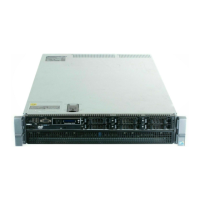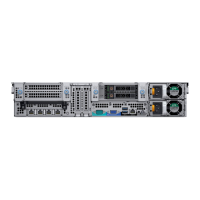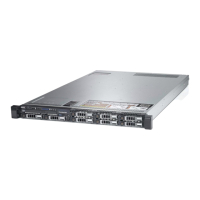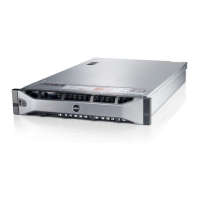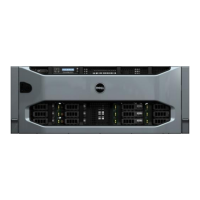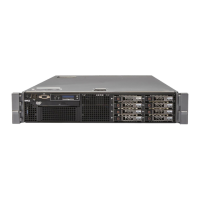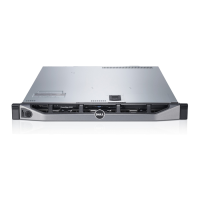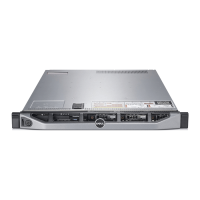Dell
PowerEdge R815 Technical Guide 34
8 BIOS
8.1 Overview
The Dell™ PowerEdge™ R815 BIOS is based on the Dell BIOS core, and supports the following features:
• G34 support
• Simultaneous Multi-Threading (SMT) support
• PCI 2.3 compliant
• Plug-and-play 1.0a compliant
• MP (Multiprocessor) 1.4 compliant
• Boot from hard drive, optical drive, iSCSI drive, USB key, and SD card
• ACPI support
• PXE and WOL support for on-board NICs
• Memory sparing support
• SETUP access through <F2> key at end of POST
• USB 2.0 (USB boot code is 1.1 compliant)
• F1/F2 error logging in CMOS
• Virtual KVM, CD, and floppy support
• Unified Server Configurator (UEFI 2.1) support
• Power management including DBS, Power Inventory, and multiple Power Profiles
The PowerEdge R815 BIOS does not support the following:
• BIOS language localization
• BIOS recovery after bad flash
8.2 Supported ACPI States
Supported ACPI system states: S0, S4 (OS), and S5.
8.3 Power Management Modes
8.3.1 OS Control
AMD processors support Enhanced AMD PowerNow!™, which enables the processor to dynamically
change its operating frequency in response to workload changes. The industry standard
implementation of this power management feature is in the Operating System (OS). The OS monitors
process/thread level utilization of the processor and uses processor controls to change the
processor’s operating frequency. For heavy workloads, the OS will run the processor at higher
frequencies for additional performance. Lighter workloads do not need high performance, thus the
OS will run the processor at lower frequencies.
8.3.2 Active Power Controller
The Dell Active Power Controller (DAPC) is a Dell proprietary implementation that provides improved
performance/watt over the OS implementation of AMD PowerNow!. DAPC was first released with the
eleventh-generation of PowerEdge server platforms. DAPC is implemented in system BIOS and uses
hardware level counters and other functions to determine hardware utilization. BIOS uses this
information to determine when to change the processor’s operating frequency.
